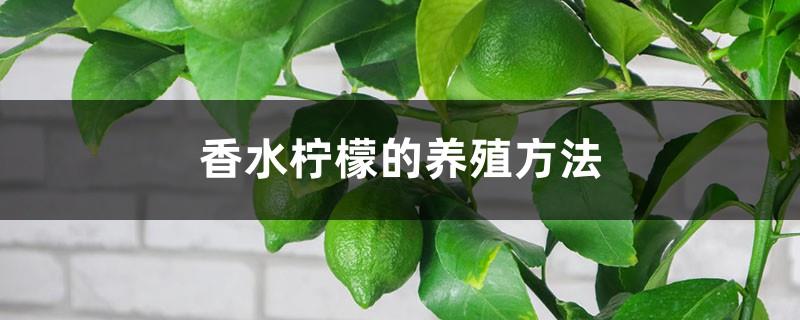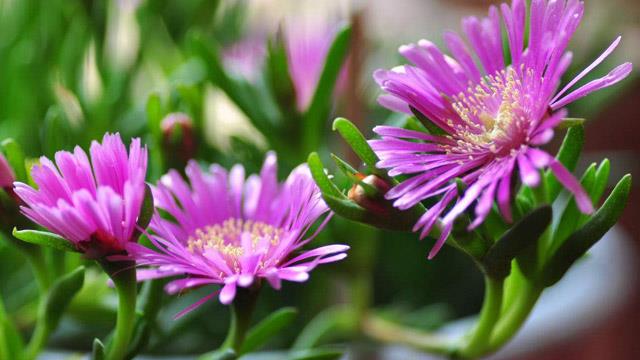How to propagate plum blossoms
Last Update :2024.11.15
Article Catalog
Sowing and propagation: Wash the seeds and dry them, then cover them with wet sand, then take them out and sow them in drills in early spring. Grafting propagation: For branch grafting, cut the lower end of the scion into a wedge shape, split the rootstock and insert the wedge-shaped scion; for bud grafting, draw a "T" shape at the base of the rootstock, open the cortex, open the bud eye on the branch, and insert it into the cortex of the rootstock. Propagation by cuttings: Choose strong branches 10-12 cm long and insert them into the soil, leaving two or three centimeters on the soil surface.

sowing and propagating
Propagation by sowing
Direct sowing from fruit pits. It is necessary to pay attention to collecting fully mature fruits from excellent mother plants with large fruits and small cores. It is generally better to sow in autumn, and the specific time can be carried out in late September. Pour enough water and cover with fine soil or sand. When the seedlings grow to 10 cm to 15 cm in the following spring, they can be transplanted from the seedbed. If sowing in spring for propagation, the seeds should be washed and dried before being buried in a layer of wet sand, and then taken out and drilled in early spring. Plum trees propagated from seeds are drought tolerant. It grows vigorously and is suitable for planting on hillside. However, the plum trees bred by this method are genetically unstable and highly variable.
Grafting propagation
Branch grafting
In addition to using plum seedlings as rootstocks, peach, mountain peach, plum, and apricot can also be used as rootstocks. Plum rootstocks are used as rootstocks. most. It can be overlapped or clefted. The so-called overlapped means that the lower end of the scion and the upper end of the rootstock are beveled into a horse-ear shape with a sharp knife, and then all sides are aligned with the green cortex, and they are tied together; the so-called splitted is that the scion is Cut the lower end into a wedge shape, split the rootstock, insert the wedge-shaped scion, make sure that all sides are aligned with the green cortex, and tie it tightly. Both lap and split grafting use branch grafting, usually done in early spring before the sap flows.
Bud grafting
During the growth period of plum trees, bud grafting can also be done on plum and apricot seedlings as rootstocks. That is, at the base of the stem of the rootstock, use a bud grafting knife to make a cut deep into the xylem. In a "T" shape, gently open the cortex, cut the bud eyes and slightly xylem on the branch of the plum blossom variety to be propagated into shield-shaped buds, quickly insert them into the "T" shape cortex on the rootstock and tie them tightly, wait for 15 to 20 seconds After a few days, the scion bud eyes have healed with the rootstock and can be loosened.
Regardless of whether it is branch grafting or bud grafting, after survival, it should be cultivated in the nursery for 1 to 2 years and then used for planting.
In order to quickly obtain large plum blossoms, you can transplant them, prune them again after they survive, and replace them with the desired fine plum blossom varieties on the newly grown branches the following year. Using peach as anvil, grafting is easy and is currently widely used in production.
The commonly used method is to graft peach to plum blossoms, which will grow quickly and bloom early, but the phenomenon of "big and small feet" will easily appear after three years. You can first graft plum blossoms with peach anvils, and after one year of grafting, Plow everything up. When planting, make the grafted part lower than the ground level and dig it into the soil 4 to 7 cm. Use a sharp blade to cut several slits vertically in the grafted part of the plum blossom, reaching as deep as the xylem. Mix the mud with 25ppm ABT Rooting Powder No. 2 solution. Wrap the wound. Build another 15cm to 25cm of soil, paying attention to retaining moisture. After one year of growth, the plum tree can develop roots. In this way, when the plum tree grows up, it can form two layers of roots. The upper layer is the plum tree root, and the lower layer is the peach stock root. When planting in a pot or on the ground, the upper layer The roots do their job and the lower roots can be removed so that the plum blossom can maintain normal growth.

Propagation by cuttings
Propagating plum blossoms by cuttings is easy to operate and the technology is not complicated. Use 500 ppm indole acetic acid or 1000 ppm naphthalene acetic acid to quickly soak the cuttings, and the survival rate is The improvement can also promote rooting of difficult-to-root varieties. It is best to take plum blossom cuttings in November, because the leaves fall off at this time, and the branches store sufficient nutrients and are easy to take root and survive. Choose strong annual branches with a length of 10 cm to 12 cm as cuttings. When cutting, bury most of the branches in the soil, leaving only two or three centimeters on the soil surface, and leave one bud outside. The cutting land is required to have loose soil and good drainage.
grafting
Propagation by cuttings
- END -
How to grow perfume lemons and precautions

Lighting: To maintain perfume lemons, you can choose to keep them in the shade of ...
The difference between conifer and sunflower

Leaves: The leaves of Echinacea are opposite, triangular, pink-green, with many sm...